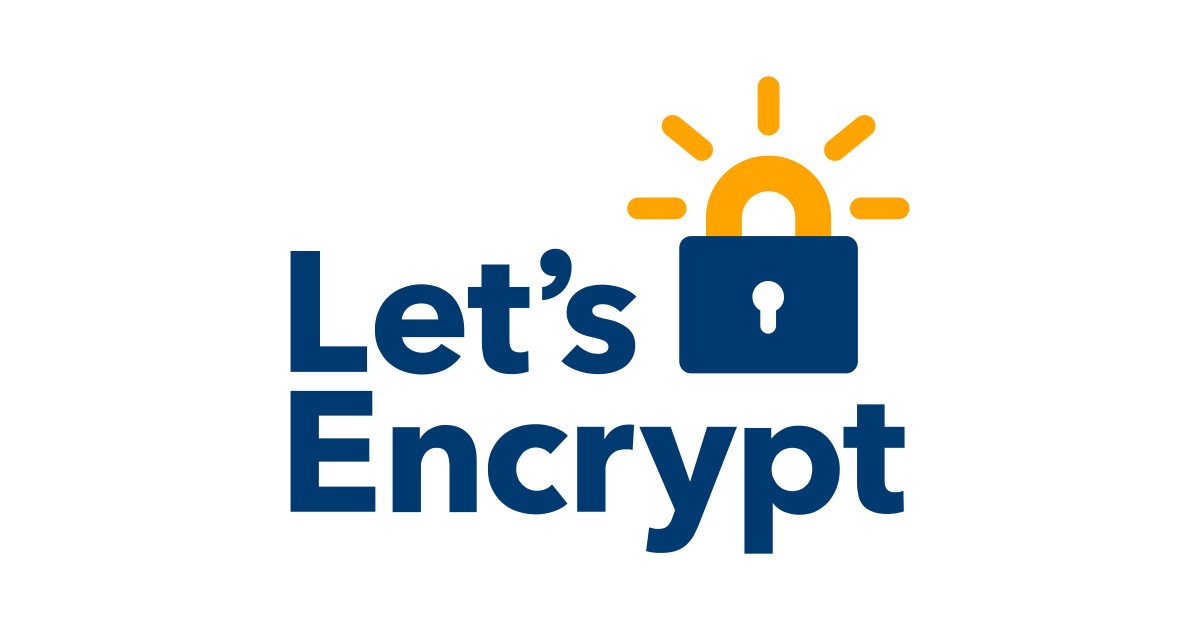If you remember kobold letters, you already know not to blindly trust emails. But it’s not just HTML emails that can be deceiving. In this article, we’ll take a look at S/MIME and how we can use the concept of invisible salamanders to craft messages that tell each recipient a different story. Let’s talk about Salamander/MIME.| lutrasecurity.com
When you get a certificate from Let’s Encrypt, our servers validate that you control the domain names in that certificate using “challenges,” as defined by the ACME standard. Most of the time, this validation is handled automatically by your ACME client, but if you need to make some more complex configuration decisions, it’s useful to know more about them. If you’re unsure, go with your client’s defaults or with HTTP-01.| letsencrypt.org



